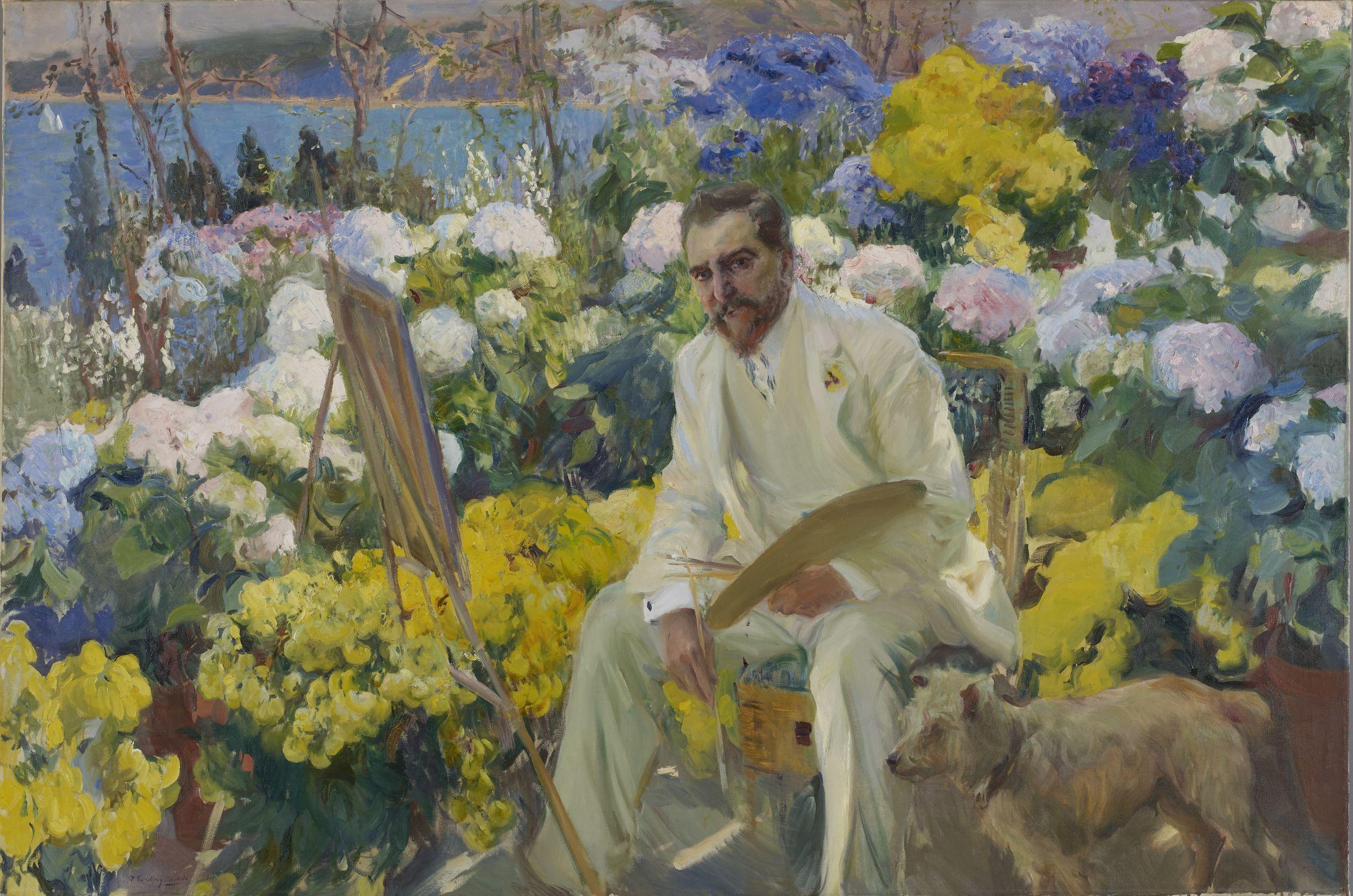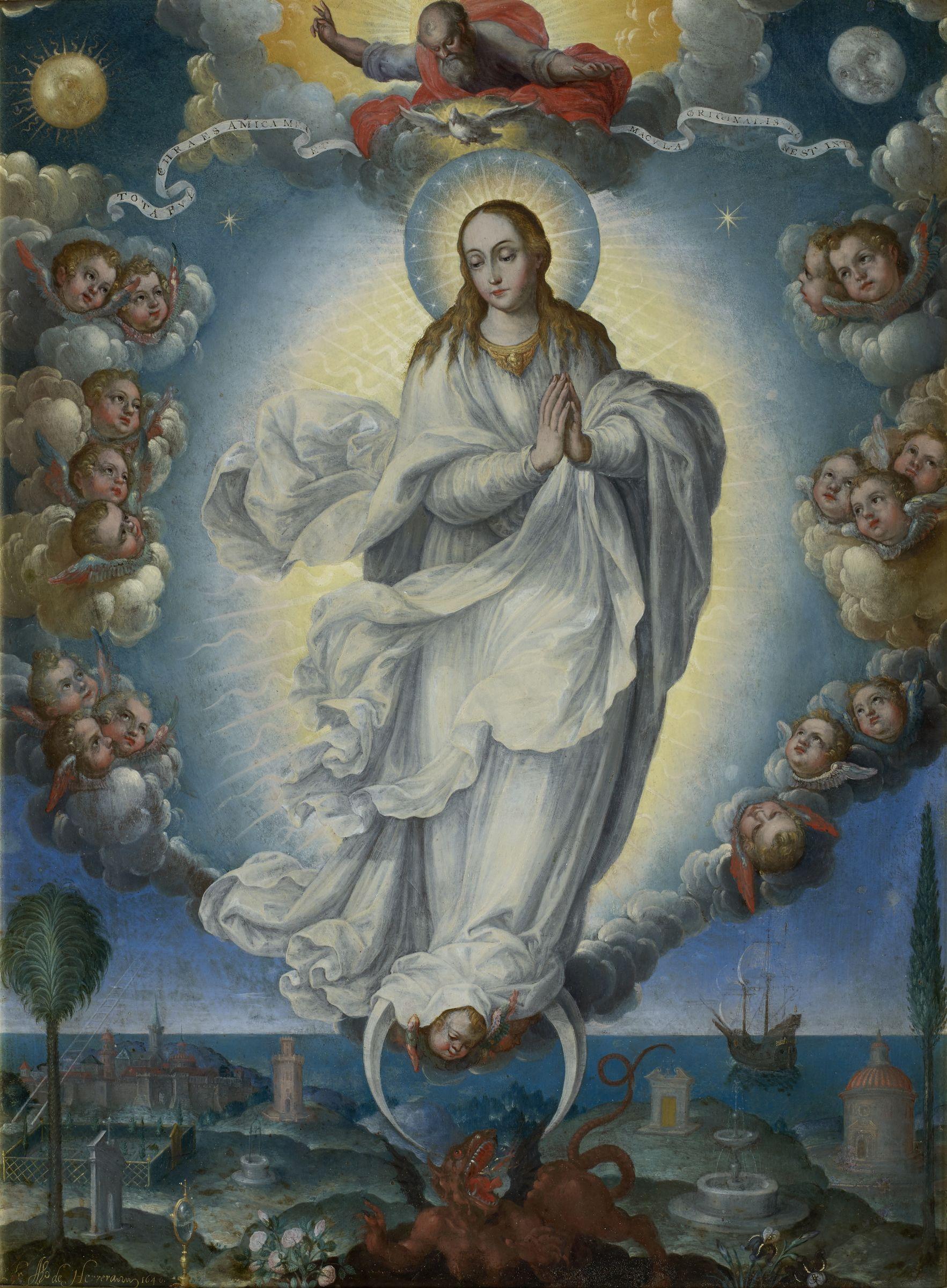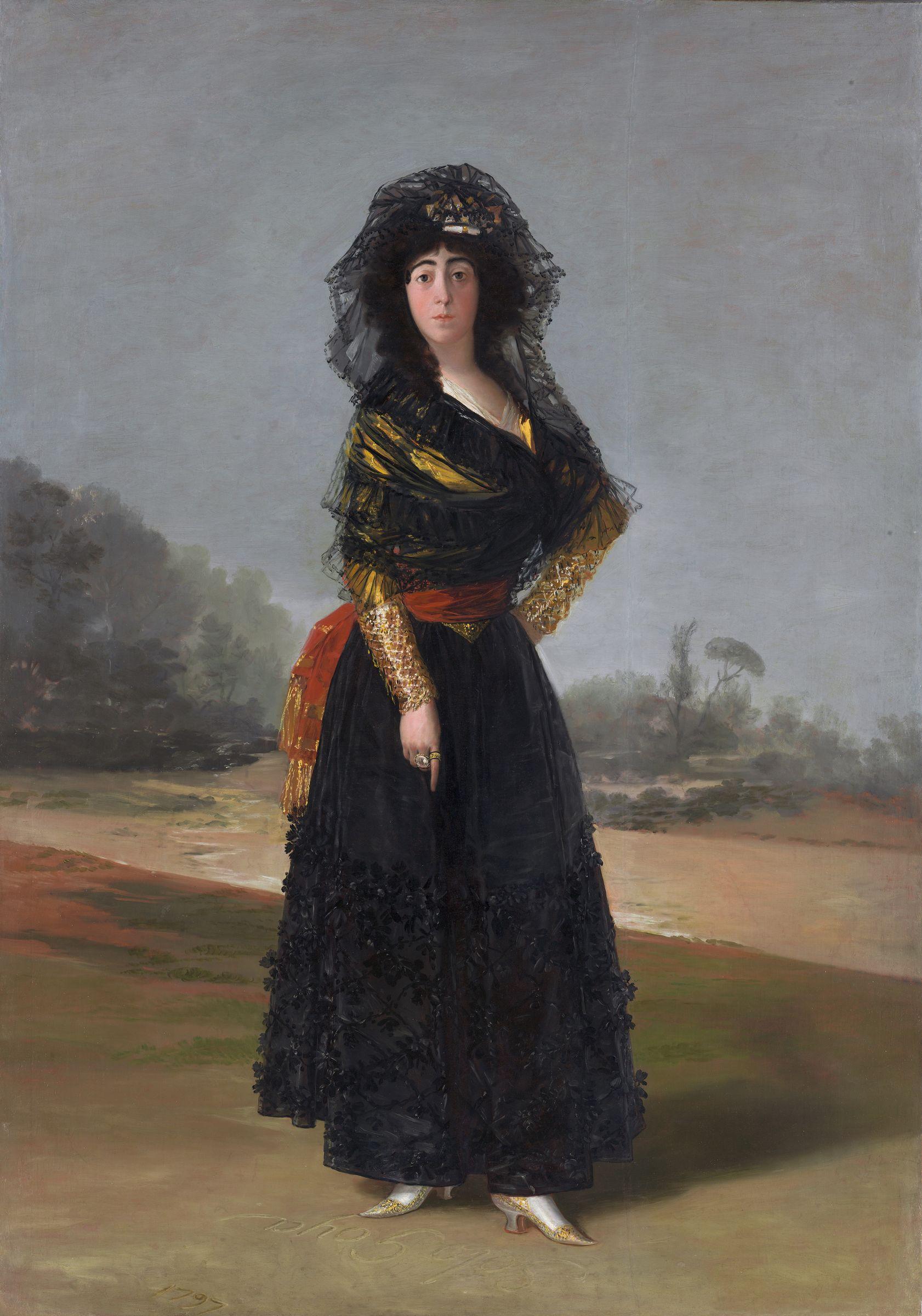“The Museum is delighted to showcase these important works from the Hispanic Society Museum & Library to our audiences in Houston,” said Gary Tinterow, director, the Margaret Alkek Williams Chair, the Museum of Fine Arts, Houston. “We are grateful to our partners at the Society for lending us this spectacular show.”
Exhibition Overview
The exhibition is organized into six sections: Antiquity in Spain, Medieval Spain, Golden Age Spain, Viceregal and 19th-Century Latin America, Enlightenment in Spain, and Modern Spain.
Antiquity in Spain
The Society’s antiquities collection, the largest outside of Spain, extensively illustrates the ancient history of the Iberian Peninsula. The exhibition begins with an impressive group of metalwork from the Celtiberian culture (c. 150–72 BC), including silver bracelets, torques, and fibula. Beginning in the 3rd century BC, the Romans made their way into Spain, eventually controlling the entire Iberian Peninsula for 500 years, until the 5th century AD The Society holds a large collection of Roman works including marble sculptures, small bronze sculptures and implements, mosaics, silver, ceramics, and glass.
Medieval Spain
As the Roman Empire declined, Sueves, Vandals, and Visigoths occupied the Iberian Peninsula, with the Visigoths ultimately dominating and establishing their capital in Toledo in the 5th century. Under the rule of the Christianized Visigoths, art in the form of metalwork, mostly jewelry and buckles, and stone reliefs, provides a glimpse into the culture of this originally Germanic people, who kept themselves largely separate from their Iberian subjects. Some two centuries later the Visigoths were themselves displaced by Muslims who moved from North Africa. The ascendancy of Islam is documented through remarkable sculpture, ivories, ceramics, textiles, and metalwork.
Golden Age Spain
The largest section of the exhibition is devoted to the Spanish Golden Age, a period of approximately 150 years from the mid-16th to the late-17th century that witnessed the expansion of Spain’s empire to the New World and the flourishing of Spanish art under the patronage of the Spanish Habsburg dynasty and the Spanish Empire. It was during this period that such masters as Diego Velázquez, Francisco de Zurbarán, Bartolomé Esteban Murillo, and Jusepe de Ribera painted their celebrated works—many of which are seen in this exhibition—including Velázquez’s late masterpiece Camillo Astalli, Known as Cardinal Pamphili, c. 1650–51. Artists from beyond the Iberian Peninsula were also commissioned, among them the Italian-trained Greek painter Domenikos Theotokopoulos, called El Greco. His Holy Family, c. 1585, evokes the deep spirituality of the artist’s religious imagery at a time of reform and renewal in the Catholic Church.



























